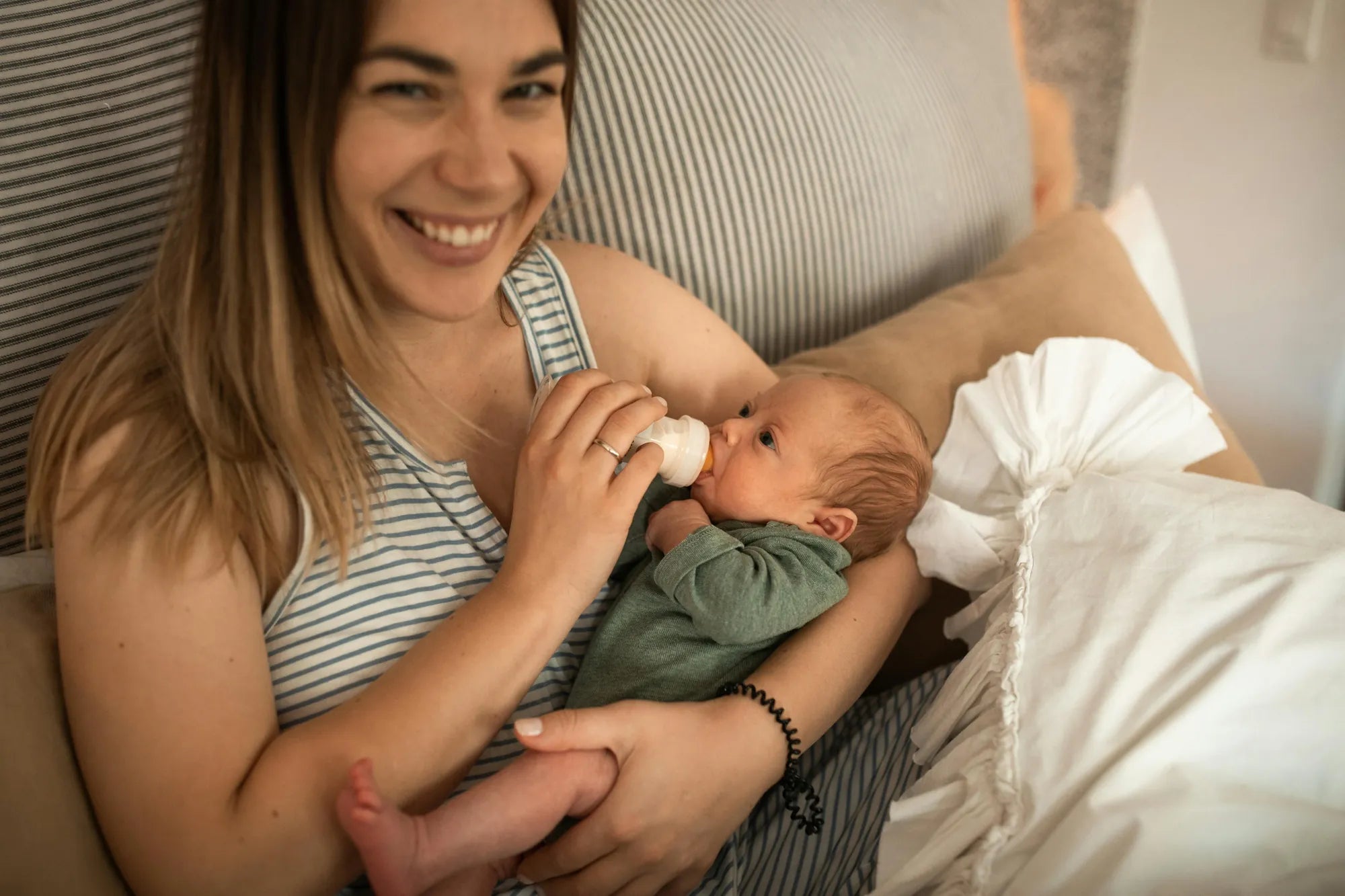Home
Pregnancy, Breastfeeding, and Pumping: The Ultimate Guide for Moms
Can I Use Baby Wipes to Clean Breast Pump? A Comprehensive Guide

Can I Use Baby Wipes to Clean Breast Pump? A Comprehensive Guide
Understanding the Basics of Breast Pump Hygiene
Maintaining the cleanliness of your breast pump is crucial for the health and safety of both you and your baby. Breast pumps come into direct contact with breast milk, which is a highly nutritious substance that can also be a breeding ground for bacteria if not handled properly. Therefore, it's essential to clean your breast pump thoroughly after each use to prevent contamination.
What Are Baby Wipes Designed For?
Baby wipes are primarily designed for cleaning a baby's delicate skin. They are typically made with gentle ingredients that are safe for use on sensitive areas. However, their primary function is to clean skin, not to sanitize or disinfect surfaces. This raises the question: are baby wipes suitable for cleaning breast pump parts?
Can Baby Wipes Effectively Clean Breast Pump Parts?
While baby wipes can remove visible dirt and residue from breast pump parts, they are not designed to sanitize or disinfect. Sanitizing requires the elimination of bacteria and other microorganisms, which baby wipes are not formulated to do. Additionally, some baby wipes may contain moisturizers, fragrances, or other additives that could leave a residue on your breast pump parts, potentially contaminating your breast milk.
Potential Risks of Using Baby Wipes on Breast Pumps
Using baby wipes to clean your breast pump could pose several risks. First, as mentioned earlier, baby wipes are not designed to sanitize, so they may not effectively remove harmful bacteria. Second, the ingredients in baby wipes could leave a residue that might contaminate your breast milk. Third, some baby wipes may contain alcohol or other drying agents that could damage the plastic components of your breast pump over time.
Recommended Cleaning Methods for Breast Pumps
To ensure the safety and hygiene of your breast pump, it's best to follow the manufacturer's cleaning instructions. Generally, this involves disassembling the pump, washing all parts that come into contact with breast milk in warm, soapy water, and then sanitizing them. Sanitizing can be done by boiling the parts, using a steam sterilizer, or using a dishwasher with a sanitizing cycle. Always make sure to air dry all parts completely before reassembling and using the pump.
Alternative Cleaning Solutions
If you're looking for a quick and convenient way to clean your breast pump on the go, consider using specially formulated breast pump wipes. These wipes are designed to clean and sanitize breast pump parts without leaving harmful residues. Alternatively, you can use a clean cloth dampened with a mixture of water and a small amount of mild dish soap to wipe down your pump parts. Just be sure to rinse thoroughly and air dry.
Importance of Regular Maintenance
Regular maintenance of your breast pump is essential to ensure its longevity and effectiveness. This includes not only cleaning but also inspecting the parts for wear and tear. Replace any parts that are cracked, discolored, or otherwise damaged, as these can harbor bacteria and affect the pump's performance. Keeping a spare set of parts on hand can also be helpful in case you need to replace something quickly.
Tips for Keeping Your Breast Pump Clean
Here are some additional tips to help you keep your breast pump clean and safe: Always wash your hands before handling your breast pump or its parts. Store your pump in a clean, dry place when not in use. Avoid using harsh chemicals or abrasive scrubbers that could damage the pump. And finally, make sure to clean your pump immediately after each use to prevent milk from drying on the parts, which can make cleaning more difficult.
When to Seek Professional Advice
If you're ever unsure about how to properly clean or maintain your breast pump, don't hesitate to seek professional advice. Your healthcare provider or a lactation consultant can offer guidance and recommendations based on your specific needs. Additionally, if you notice any unusual odors, discoloration, or other signs of contamination, it's best to consult a professional to ensure your pump is safe to use.
Final Thoughts on Using Baby Wipes for Breast Pump Cleaning
While baby wipes may seem like a convenient option for cleaning your breast pump, they are not the most effective or safest choice. To ensure the health and safety of your baby, it's best to use methods that are specifically designed for cleaning and sanitizing breast pump parts. By following proper cleaning protocols and maintaining your pump regularly, you can ensure that it remains a safe and effective tool for feeding your baby.
Ready to ensure your breast pump is as clean as possible? Follow these guidelines to keep your pump in top condition and provide your baby with the safest feeding experience. Your baby's health is worth the extra effort!
Share

